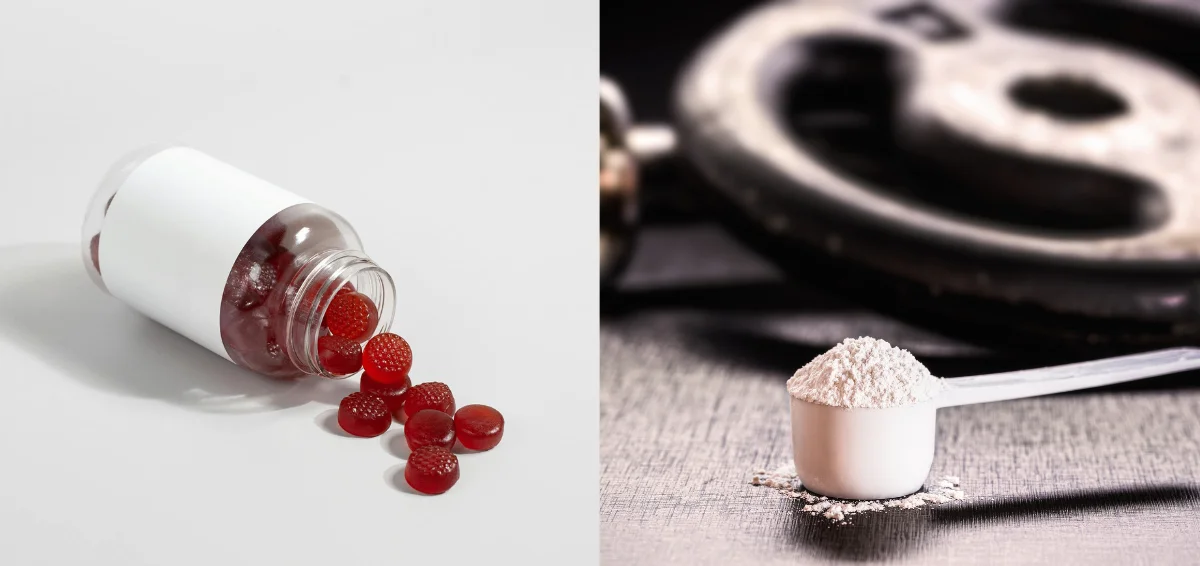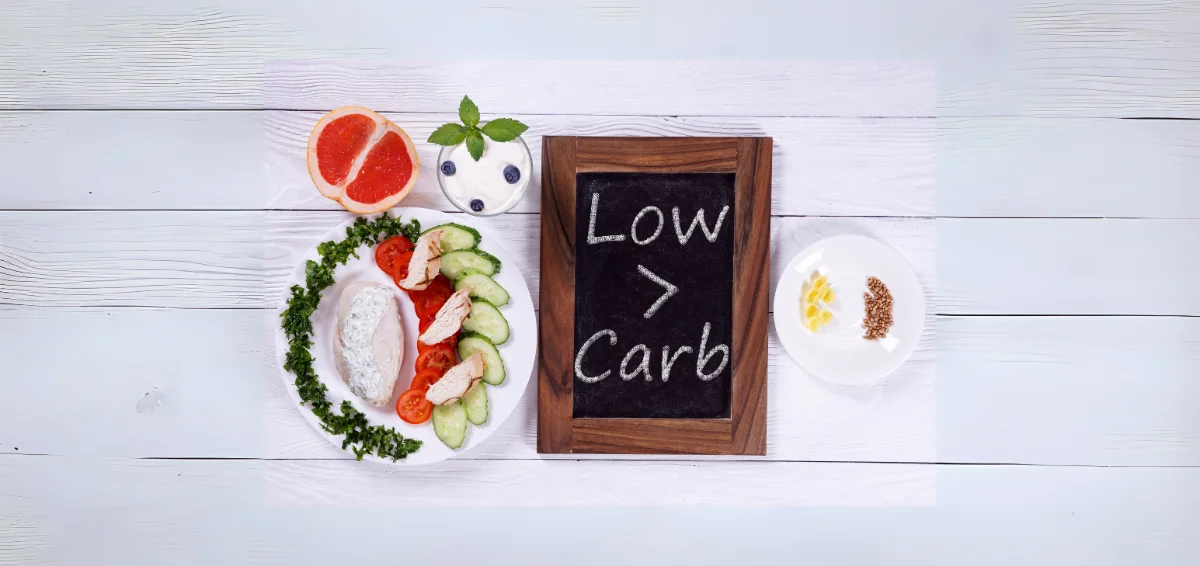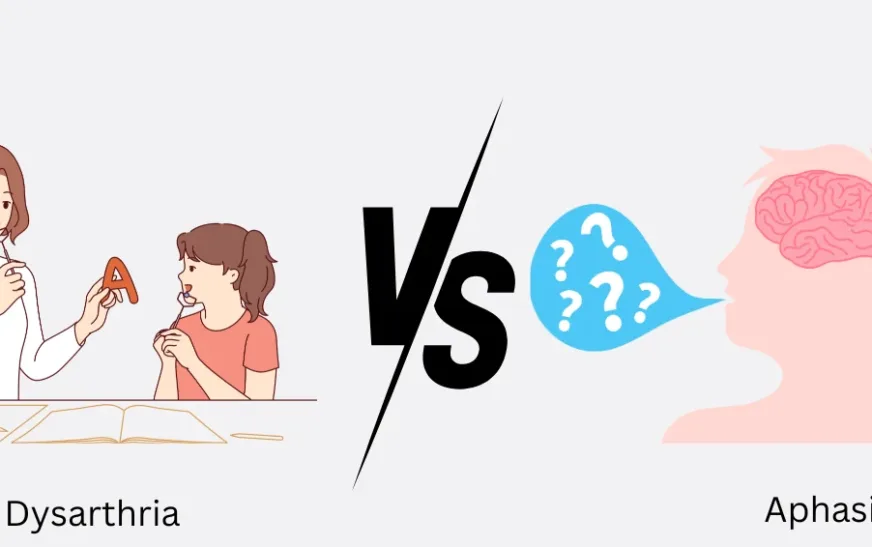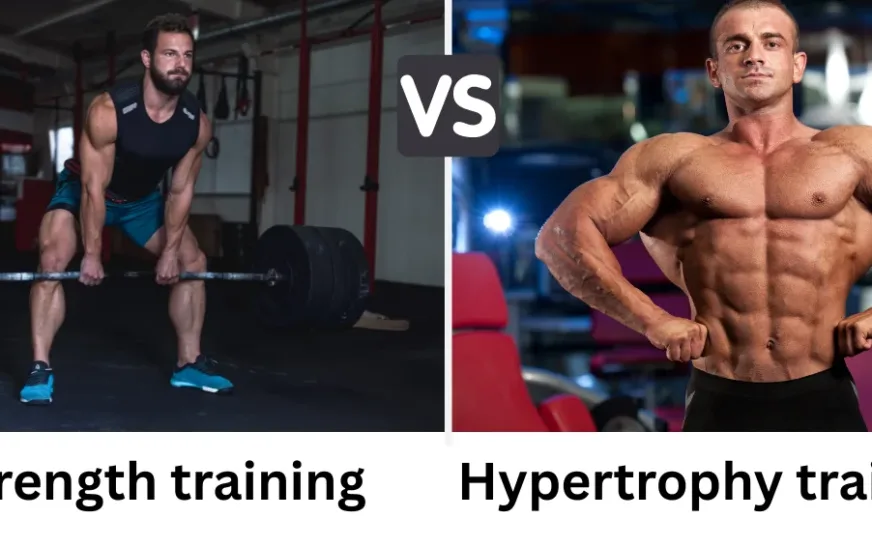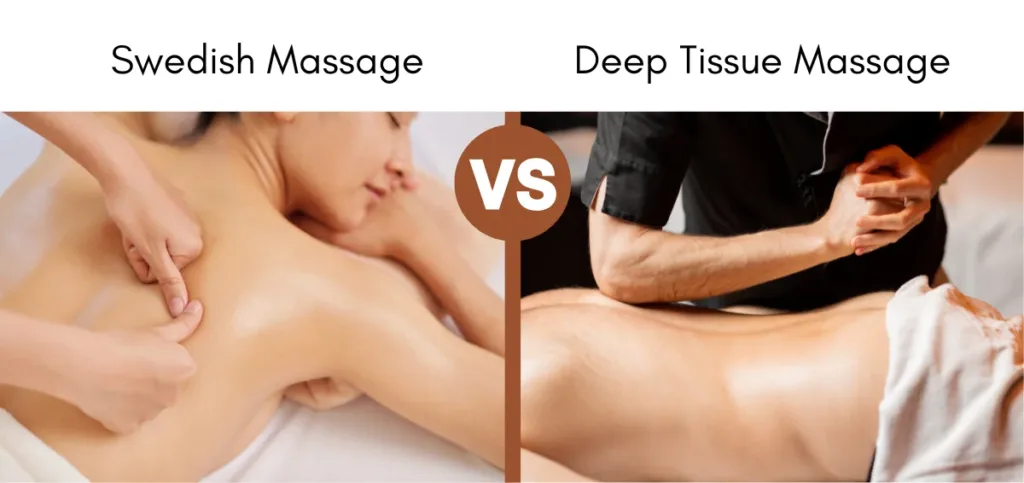
Massage has always been an effective way to induce deep relaxation and calm. It also helps alleviate stress. Various massage therapies are used to address health conditions as well.
The two most well-known massages are Swedish and deep tissue massage. Both are highly popular, and often, people find themselves confused as to what to opt for. The main difference between Swedish and deep tissue massage is the amount of pressure used by the therapist. Swedish massage does not use as much pressure as deep tissue massage. Swedish massage focuses more on relaxing the individual, while the goal of deep tissue massage is pain relief.
Let’s look at both types of massages closely to help you make an informed decision about choosing one of them.
Read More: Dysarthria vs Aphasia
What is Swedish Massage?
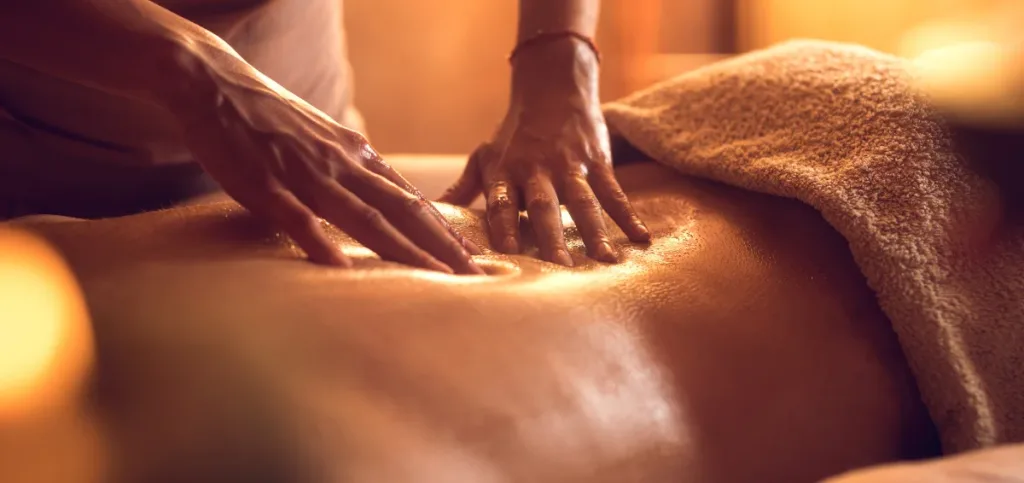
Swedish massage is a form of massage therapy. The techniques used in it help blood return to your heart. This improves the blood circulation in your body. Swedish massage is done for the following purposes:
- Relaxation
- Release tension from your muscles
- Enhance your joint’s range of motion
Swedish Massage Techniques
A Swedish massage incorporates various massage techniques to promote healing. Therapists use the following techniques:
1. Effleurage
It is used at the beginning of the massage as a warm-up of the body for massage. Effleurage is also used at the end to relax the muscles. The therapist uses gentle circular or gliding strokes and applies different levels of pressure to loosen knots in the body. There are three classes of effleurage based on the amount of pressure being used. These are feather stroking, superficial effleurage, and deeper effleurage.
2. Petrissage
It is a deeper, kneading movement wherein the masseuse manually compresses your soft tissues rhythmically. Petrissage is commonly performed through kneading, wringing, rolling, and lifting. It helps stretch and loosen muscles and encourages blood circulation.
3. Tapotement
Tapotement involves rhythmic tapping to stimulate blood flow throughout the body. The therapist uses actions like hammering, cupping, slapping, hacking, and tapping to stimulate the production of endorphins and help with relaxation.
4. Friction
This technique involves rubbing on the massage area with thumbs or fingers. The masseuse may apply pressure in a circular or linear rhythm to soften and realign joint muscles.
5. Vibration
Vibration involves rhythmic shaking of the massage area to loosen and relax the body. The massage therapist may use their palms to shake skin in bigger parts of your body like the back. They use their fingers on small or sensitive areas like your face.
Who Are the Ideal Candidates for Swedish Massage?
Swedish massage is suitable for many people. They include the following:
- Those new to massage therapy: The gentle nature of Swedish massage makes it ideal for those who’ve just started taking massages.
- Those dealing with high-stress levels: Individuals who are dealing with high levels of stress or moderate anxiety find Swedish massage beneficial in helping them relax.
- Older adults: Swedish massage uses gentler strokes, making it effective for the elderly wanting pain relief and better mobility.
- People with Chronic Pain: While not particularly recommended for people with high levels of chronic pain, Swedish massage can provide relief when combined with other treatments.
What is Deep Tissue Massage?
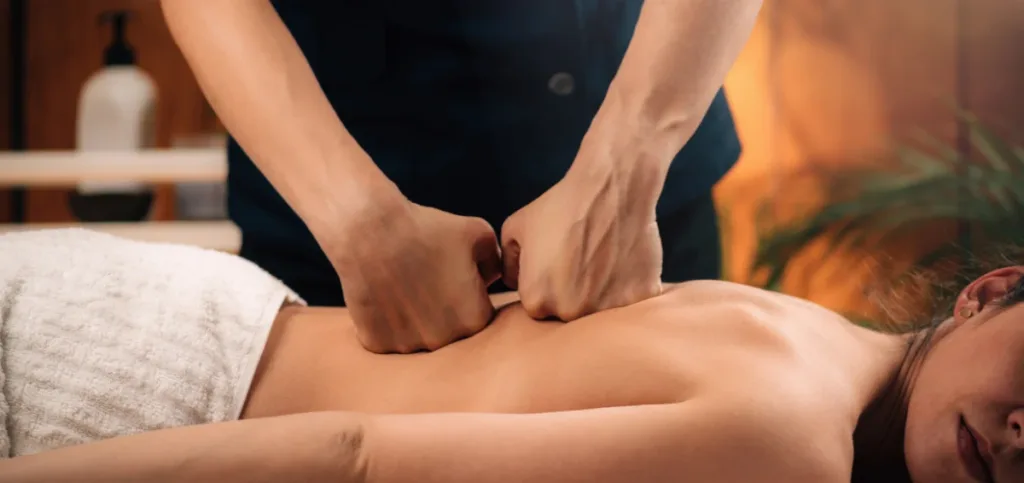
Deep tissue massage is a massage technique that targets the deeper layers of connective tissues and muscles. It is most often performed on areas prone to pain, such as the neck, shoulder, and waist. The goal of deep tissue massage is to break down adhesions, release tension, boost blood circulation, and promote the healthy functioning of the musculoskeletal system.
Deep Tissue Massage Techniques
Deep tissue massage involves various techniques. Among them, it also uses effleurage and petrissage, which have been discussed in the previous section. Here are the other techniques used by the massage therapist.
1. Stripping
It involves deep, gliding pressure along the muscle fibres. The masseuse uses their forearm, elbow, thumbs, or knuckles to massage the areas and release tightness and tension in them.
2. Trigger Point Therapy
This technique focuses on particular points of tension in the muscle. These are called trigger points. The application of pressure to these areas helps them release tension and reduce pain.
3. Myofascial Release
Myofascial release targets the connective tissue around the bones, joints, and muscles. The therapist applies sustained pressure to loosen the muscles and increase flexibility.
Who Are the Ideal Candidates for Deep Tissue Massage?
Deep tissue massage is suitable for the following categories of people:
- Athletes or generally active individuals: Those who regularly indulge in intense physical activity or sports can benefit from deep tissue massage. It helps relieve muscle tightness and lowers the risk of injury.
- People with chronic pain: Those with chronic conditions like lower back pain, arthritis, or fibromyalgia can find relief through this massage. The massage techniques reduce muscle stiffness, relieve pain, and boost circulation in affected areas.
- Individuals with Postural Issues or Stress: People who spend long hours sitting or those with poor posture often experience muscle imbalances and tension. Deep tissue massage helps improve posture, reduce stress, and induce overall relaxation in these people.
Read More: Scapula Pull-Ups
Key Differences Between Swedish and Deep Tissue Massage
Swedish and Deep Tissue massage differ from each other in the following parameters:
- Aim: Swedish massage is designed to induce feelings of relaxation. Contrarily, a deep tissue massage focuses on minimizing muscle pain.
- Treatment Goals: Swedish massage is performed with the goal of helping an individual feel relaxed. However, the goal of deep tissue massage is to alleviate pain.
- Stroke Style: The therapist performing a Swedish massage makes longer, more fluid strokes. The deep tissue massage technique uses pinpointed and wide strokes.
- Areas of Focus: The relaxing Swedish massage focuses on massaging the entire body. Deep tissue massage typically focuses mainly on affected areas.
- Pressure: A Swedish massage uses light-to-medium pressure. On the other hand, deep tissue massage uses firm pressure.
- Intended Outcome: The outcome of Swedish massage aims to remove or reduce the stress and anxiety of the individual. Contrarily, the outcome of deep tissue massage is to make the individual feel like their areas of concern have been given due attention.
Summing Up
Both Swedish and deep massage offer various benefits. Your masseuse can tailor them to meet your unique needs. Now that you know much about both of them, you can make the right decision. Ensure that you have a full understanding of the issue you are facing and accordingly opt for one to get the best results.


